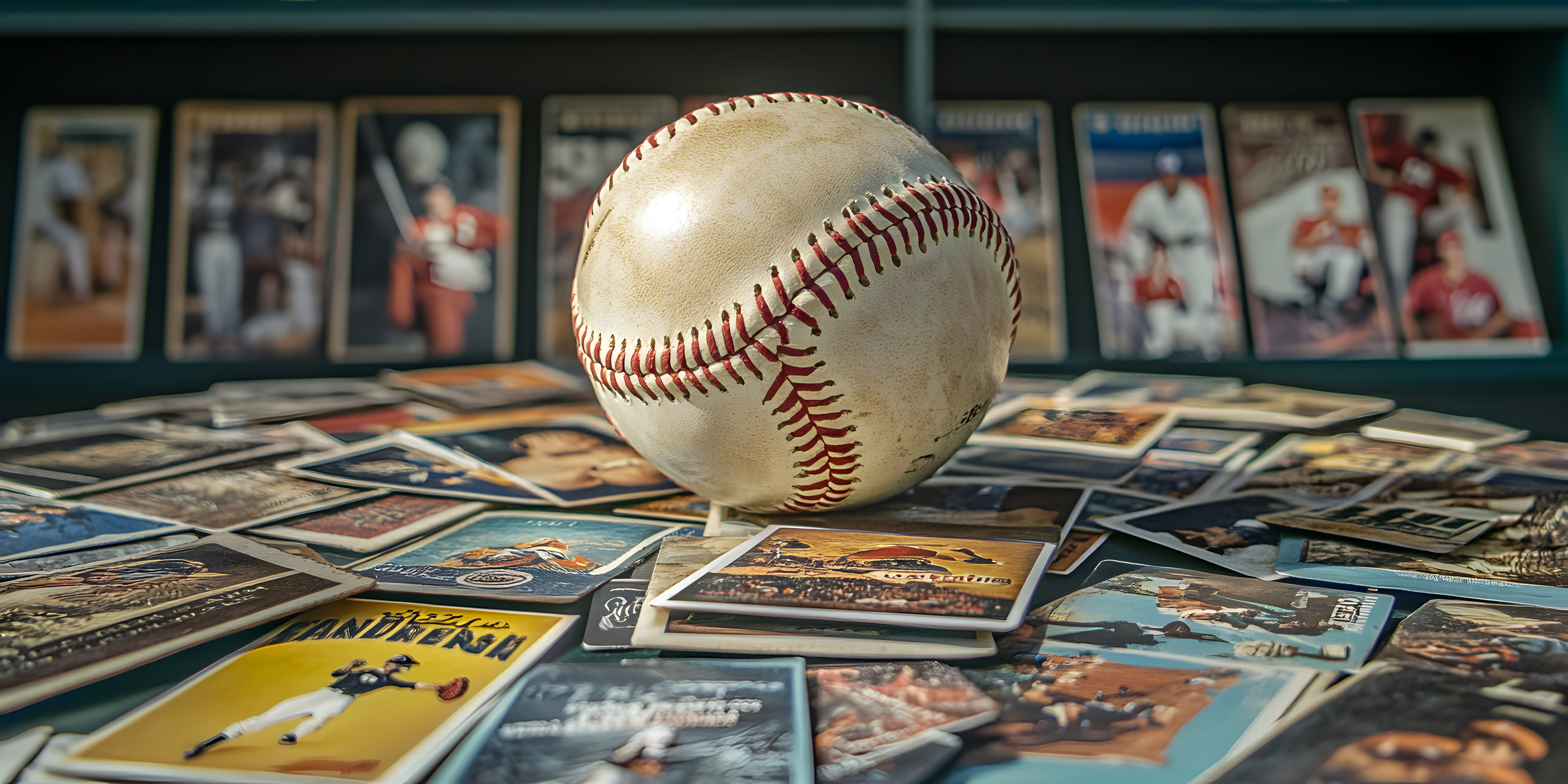
The Best Strategies for Collecting Vintage Baseball Cards Today

The Best Strategies for Collecting Vintage Baseball Cards Today
Discover effective strategies for collecting vintage baseball cards today. Enhance your collection with practical tips and insights. Read the article now!
Spotlight on Iconic Vintage Baseball Sets
Vintage baseball cards hold a special place in the world of sports memorabilia, often featuring legendary players. These sets have become benchmarks in the hobby due to their historic significance and the nostalgic appeal they evoke, even for newer collectors. Whether you’re just starting out or looking to expand your collection, iconic vintage baseball sets are must-have classics that resonate with fans of all ages.
We’re exploring various eras of baseball cards to help you better understand what makes a card iconic and enhance your collection with practical tips and insights. Investigating the details of notable vintage baseball sets can also help you appreciate their unique qualities and historical context.
Some standout examples of iconic vintage baseball sets include the 1909 Dockman & Sons Cards set, renowned for its beautiful illustrations during an era when color photography was not yet used to feature players. The 1933 Goudey Baseball Cards set is particularly sought after, most notably for its inclusion of four Babe Ruth cards, including the famous 1933 Goudey Babe Ruth #53.
Additionally, the 1956 and 1963 Topps Baseball Cards sets are key highlights in the world of vintage card collecting, representing quintessential moments from their respective eras. Collectors can find joy and value in these remarkable pieces of baseball history.
Understanding Condition, Rarity, and Grading Vintage Baseball Cards
Condition is vital when investing in vintage baseball cards. Reputable grading services verify authenticity and assess overall wear, providing collectors with the confidence they need when making purchases. Rarity is another significant factor driving up card values, especially for those who are interested in vintage sports card investing.
Grading vintage trading cards
Many collectors send their cards to third-party graders (TPG) due to their professional services and expertise. However, some collectors pick up tips from TPGs to assess the condition of their cards independently.
Grading falls into several categories, which range from Mint (MT) to Poor (PR). For example, “Mint” cards are almost perfect, displaying no surface flaws such as stains or creases and having sharp corners and centered images within a 55/45 ratio.
Understanding card grading categories
Near Mint cards present a visually pleasing appearance, but upon closer inspection, they may reveal minor flaws. These cards should not have bends, stains, or creases, and the image should remain centered within a ratio of no more than 60/40.
When grading, some cards may receive qualifiers based on their condition. For example, “OC” indicates an off-center image, “ST” refers to stains, and “PD” signifies print defects arising from printing errors.
Impact of condition and rarity
The condition and rarity of a card significantly influence its overall value. A rare card in Mint or Near Mint condition will inevitably command a higher price than a card graded as Excellent to Mint. Therefore, understanding these factors is crucial for collectors who wish to maximize their investments.
Utilizing third-party grading companies
As highlighted, many collectors choose to send their sport trading cards to third-party grading services. This service has a fee, and shipping costs are not included.
Some prominent companies in this field include Professional Sports Authenticator (PSA), Sportscard Guaranty Company (SGC), and Beckett. PSA is the largest and most well-known TPG, while SGC is recognized for grading prewar and vintage cards, favoring a distinctive black background with green and white inserts.
Beckett operates two divisions: Beckett Vintage Grading (BVG), focused on cards from before 1981, and Beckett Grading Services, which handles modern cards post-1981.
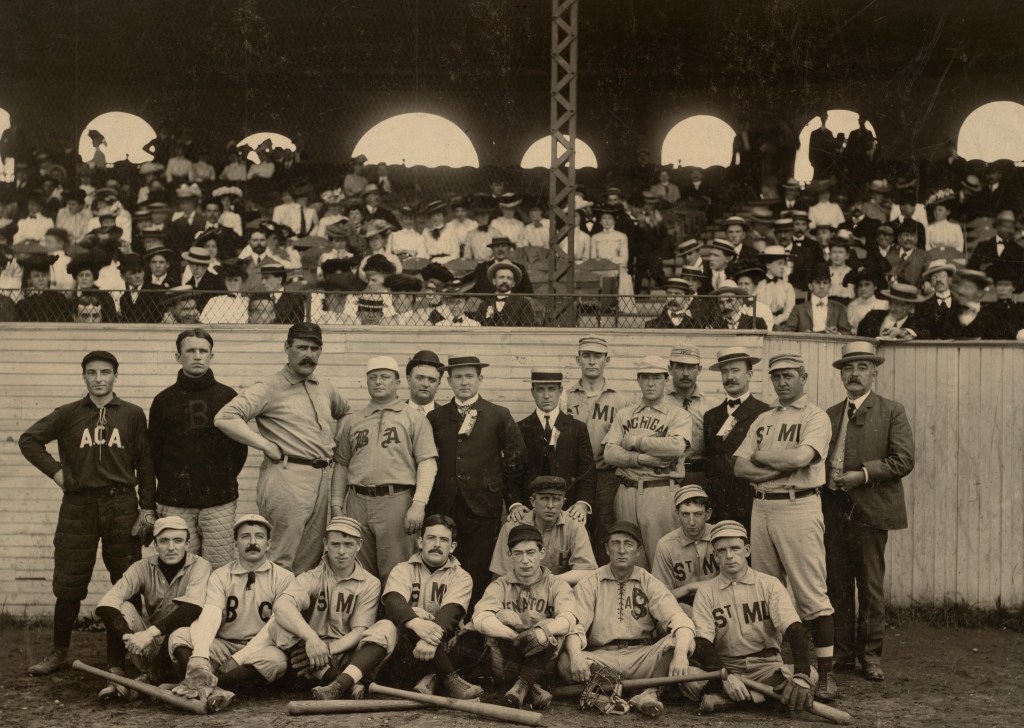
Pre-War, Mid-Century, and Beyond: Decoding the Baseball Card Era
From T206 icons to mid-century favorites, every era in baseball card history has its unique charm and challenges. Understanding these distinctions helps collectors focus on specific types of cards for long-term value growth. The major categories of baseball cards can be divided into pre-war and post-war eras, each with its own set of characteristics and notable examples.
Pre-War baseball cards
Pre-war baseball cards refer to vintage cards printed before World War II. Most were produced by tobacco companies, using card stock to help maintain the integrity of cigarette boxes.
The Great Depression marked a significant shift in the industry, as gum companies began printing baseball cards, targeting a younger demographic.
A standout card from this era is the 1910 Standard Caramel Honus Wagner, which remains one of the most sought-after collectibles today.
Interested in learning more about the early history of vintage baseball cards? Check out our blog, Collecting Baseball Cards: A Guide to Building Your Dream Collection.
Post-War Baseball Cards
Post-war baseball cards were printed after World War II and can be further divided into sub-eras.
Mid-Century/Golden era (1952-1969)
The mid-century or golden era coincided with an economic boom and the rise of television, creating a fertile ground for baseball card popularity.
The Topps Chewing Gum Company secured an exclusive deal with Major League Baseball, allowing them to release cards featuring players. They enhanced the appeal of their cards with vibrant colors and included player statistics, captivating young fans.
An iconic card from this period is the iconic Mickey Mantle card, which is highly regarded among collectors.
Junk Wax era (1986-1995)
The Junk Wax era is characterized by cards produced from 1986 to 1995. Unfortunately, due to oversaturation in the market, many cards from this period tend to be worth less than those from previous eras. However, they are also easier to find at reasonable prices, making them accessible to new collectors.
Modern era (1996-Present)
The modern era of baseball cards spans from 1996 to the present day. This period has seen significant innovation in card design and production, as well as a diverse array of collectibles appealing to different segments of the collector market. The rise of internet sales and auctions has transformed how collectors buy and trade cards, creating a dynamic and evolving landscape.
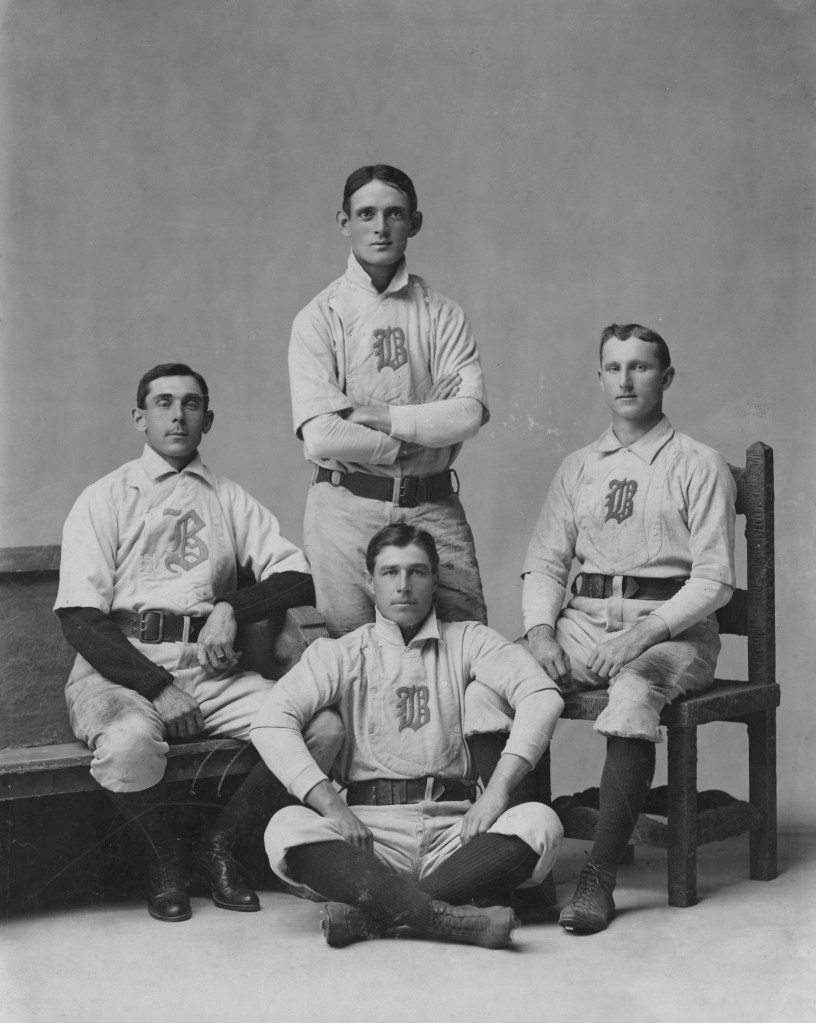
Hall of Fame Rookie Cards: The Gold Standard for Collectors
Rookie cards of legendary players like Mickey Mantle and Jackie Robinson hold top spots among the most valuable baseball cards. The demand for these historic pieces often drives up prices, even in lower grades. This fascination with rookie cards stems from their scarcity and the remarkable stories behind the players featured on them.
Most valuable rookie cards
1948 Leaf Jackie Robinson Rookie Card #79
One of the most coveted cards in baseball history is the 1948 Leaf Jackie Robinson Rookie Card #79. With a grade of PSA 9, this card sold at auction for an impressive $336,000. Its significance lies not only in its rarity but also in its historical value, as Jackie Robinson was the first African American to play in Major League Baseball (MLB).
1951 Bowman Mickey Mantle Rookie Card #253
Another standout card is the 1951 Bowman Mickey Mantle Rookie Card #253. This card, graded PSA 9, achieved a remarkable auction price of $3.19 million. Celebrated for marking Mantle’s debut with the New York Yankees, it is also admired for its stunning aesthetic design, making it a treasure for collectors.
1968 Topps #177 Nolan Ryan Rookie Card
The 1968 Topps #177 Nolan Ryan Rookie Card is also notable, featuring a PSA 10 grade and selling for $600,000 at auction. This card captures the beginnings of Ryan’s illustrious career, showcasing a future Hall of Fame star recognized for his exceptional pitching. Its rarity, particularly in mint condition, further enhances its value in the collectors’ market.
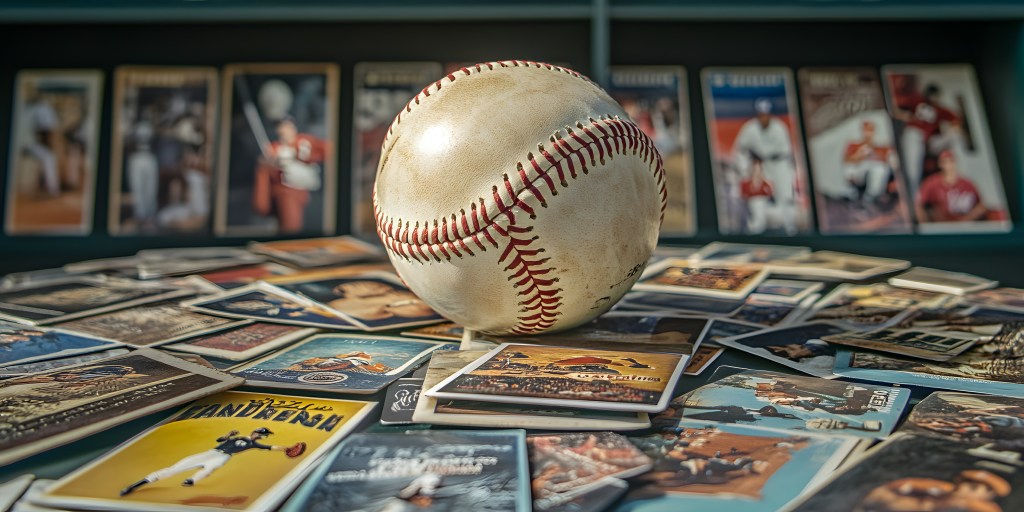
Affordable Approaches: Building a Vintage Baseball Card Collection on a Budget
For collectors with limited funds, building a vintage baseball card collection can be both an exciting and rewarding endeavor. Focusing on lesser-known stars or lower-graded cards is a great way to access affordable vintage finds without breaking the bank. With patience and strategic buying, collectors can stretch their budgets while still yielding impressive results.
Buy low-grade cards
When embarking on your journey to collect vintage baseball cards, it’s advisable to look for low-grade cards first. Many collectors are initially tempted to seek out high-grade cards; however, these often come with a hefty price tag. Surprisingly, you may discover affordable cards featuring Hall of Famers, even if their condition isn’t perfect. Starting with this approach eases into vintage collecting and positions you to trade or sell these cards for better options down the line.
Trading Junk Wax era cards
Another strategy for enhancing your vintage collection involves selling or trading junk wax era cards for vintage ones. These particular cards are relatively easy to find and inexpensive. By offloading these cards, you can funnel the proceeds into acquiring true vintage cards that resonate with your collecting goals. This strategy helps elevate your collection’s quality without requiring a significant upfront investment.
Utilizing modern cards
In a similar vein, modern cards can serve as trade material for vintage sports cards. Although many modern cards may be experiencing a decrease in value, they can still be sold to generate extra funds. While you might not realize a profit from selling most modern cards, the money can be effectively used to purchase vintage cards, allowing you to strengthen your collection further.
Card collecting strategies
Researching the cards that interest you will help you gain general knowledge. Familiarize yourself with rookie cards, pricing trends, and the various factors that influence card conditions.
Set a budget that aligns with your financial situation, and remember that patience is essential. Initially, you might not uncover the gems you hoped for. Focusing on long-term gains rather than immediate gratification will lead to a more fulfilling collecting experience.
Most importantly, have fun with the process. Enjoyment is at the heart of any genuine collector’s journey.
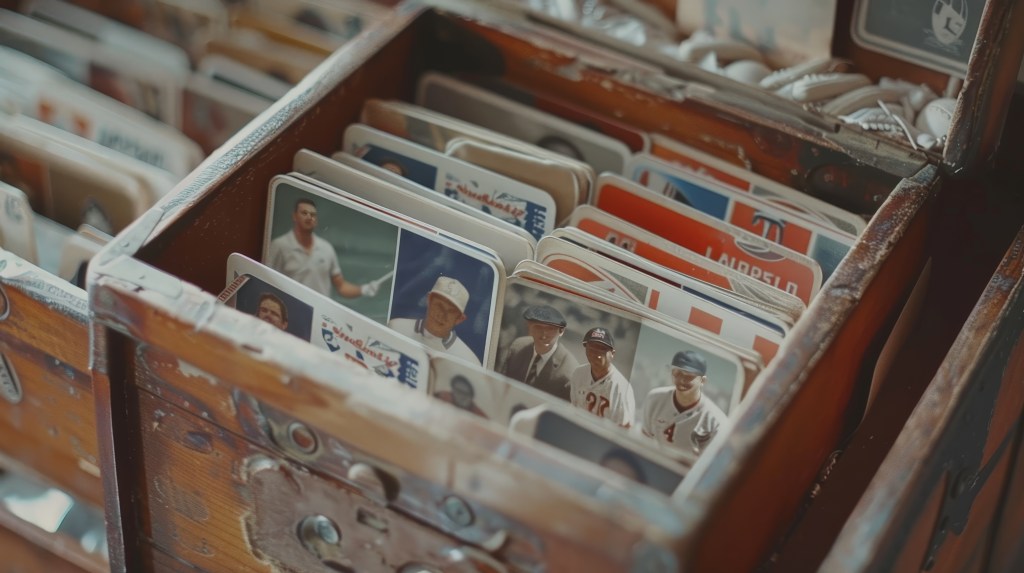
Preservation Techniques to Maximize Longevity and Value
Proper storage is crucial for maintaining the condition of vintage baseball cards over time.
Using acid-free sleeves is highly recommended, as these materials are specifically designed to preserve and protect your collection. It’s also essential to keep the cards away from direct sunlight, as UV rays can lead to fading and discoloration. Additionally, maintaining a stable environment with controlled temperature and humidity levels is important; fluctuations can damage the cards. High humidity can cause warping and mold, while excessively dry conditions may lead to cracking.
For those who choose to display their vintage sport card collections, UV-blocking display cases are a great option to protect against sunlight damage. Regular dusting is also advisable to keep the cards in pristine condition. If you have cards that have been professionally graded, consider storing them in slabs, but ensure these are kept in ideal conditions as well.
Finally, it’s wise to minimize the handling of the cards to avoid any potential damage. Frequent touching can result in wear on the corners, stains, and creases. By following these preservation techniques, collectors can maintain the long-term value and integrity of their prized collectibles.
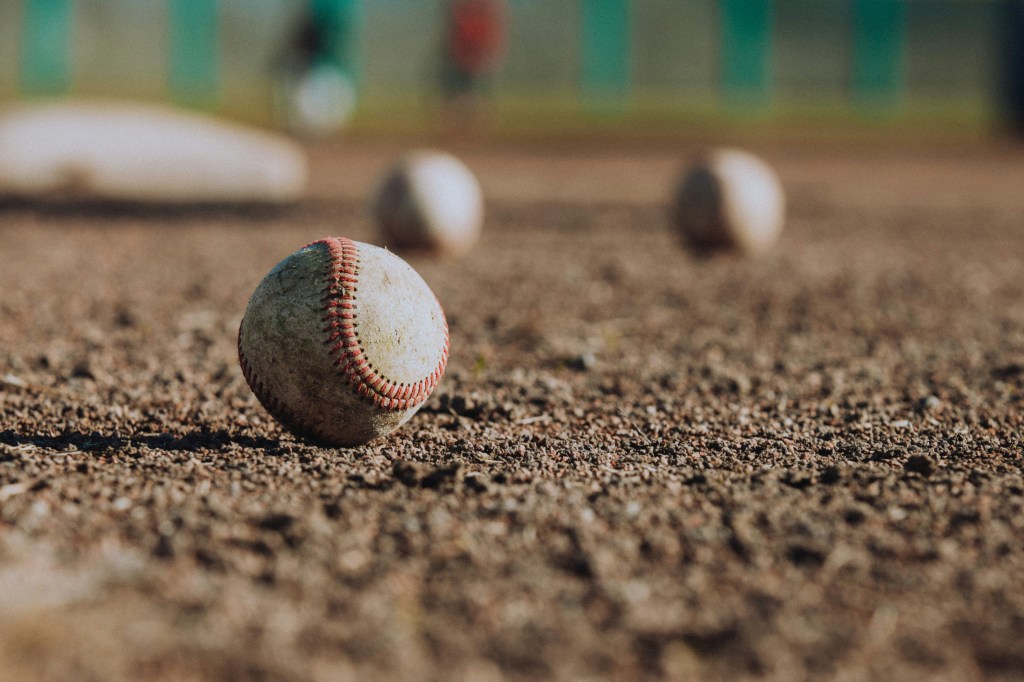
Setting the Foundation for a Lifetime of Collecting
Collecting vintage baseball cards is a fulfilling journey that blends passion and history, allowing enthusiasts to discover iconic sets and affordable rookie cards. This hobby can be a deep dive into the fundamentals of grading standards and market trends. By educating themselves, collectors can enhance their collections, appreciate the sport more, and recognize the investment potential of certain cards. Whether you’re a seasoned collector or just starting out, the world of vintage baseball cards promises endless discoveries and meaningful connections to the game’s rich legacy.
Sources
http://getcardbase.com/blog/a-collectors-paradise-15-most-beautiful-vintage-baseball-cards
http://vaultedcollection.com/blogs/vaulted-blog/most-valuable-baseball-cards
http://justcollect.com/grading-vintage-baseball-cards
http://cardhoundvintage.com/what-years-count-as-vintage-in-baseball-card-collecting
http://hobbynewsdaily.com/post/starting-a-vintage-baseball-card-collection
http://cardhoundvintage.com/building-a-vintage-sports-card-collection-on-a-0-budget
http://sportscollectorsdaily.com/step-by-step-guide-for-investing-in-vintage-baseball-cards
https://baseballhall.org/discover/baseball-card-preservation
About Collectibles Insurance Services
Collectibles Insurance Services has been protecting collections since 1966 and all coverage is provided by a carrier with a group rating of “A” (Excellent) by AM Best, the leading rating agency for the insurance industry.
Comprehensive coverage includes, but is not limited to: accidental breakage, burglary, fire, flood, loss in the mail, theft, natural disasters, and other causes of loss unless specifically excluded from the policy. Deductibles start at $0 for collector policies and we provide coverage for the market value of your collection for losses in excess of $50.
Additionally the protection extends At home and away, and we don't require collection itemization and serial number nor extensive paperwork and red tape.
